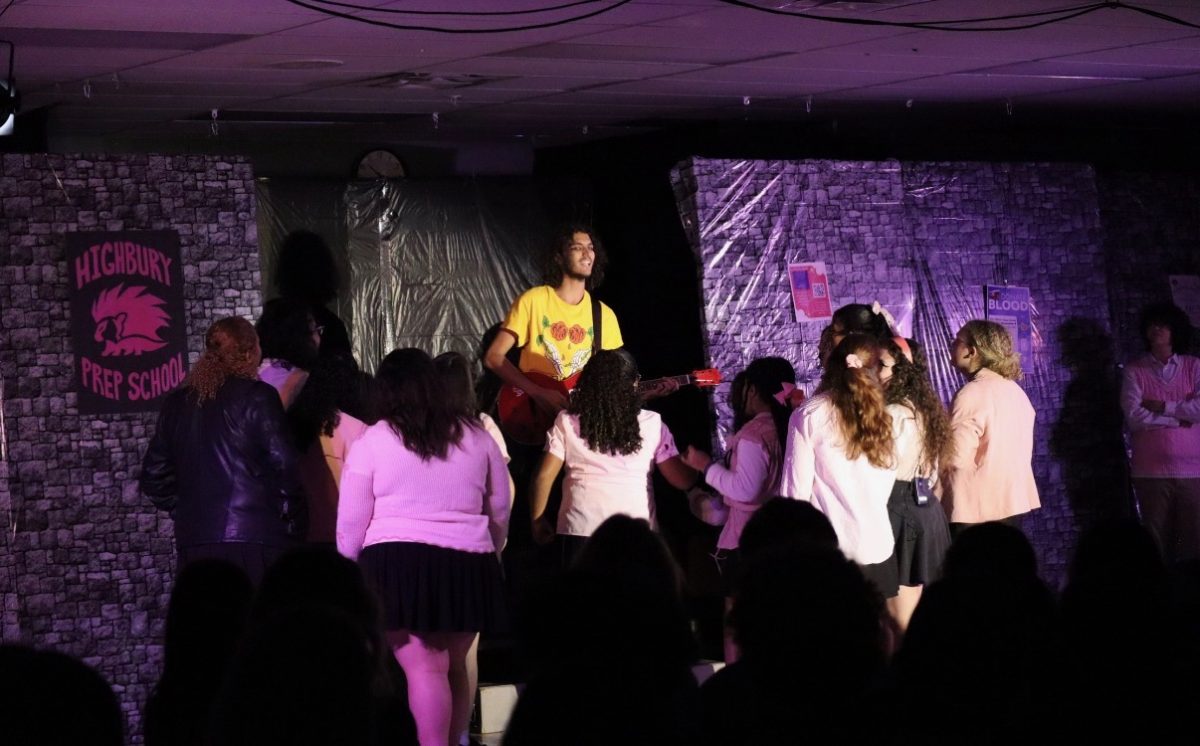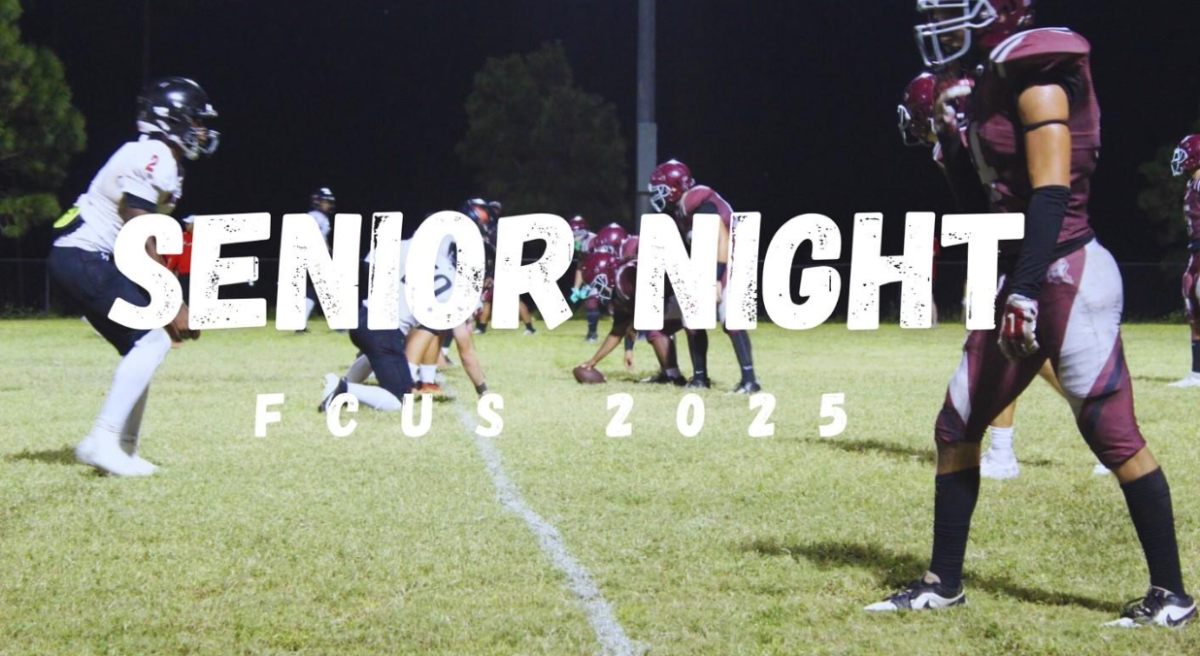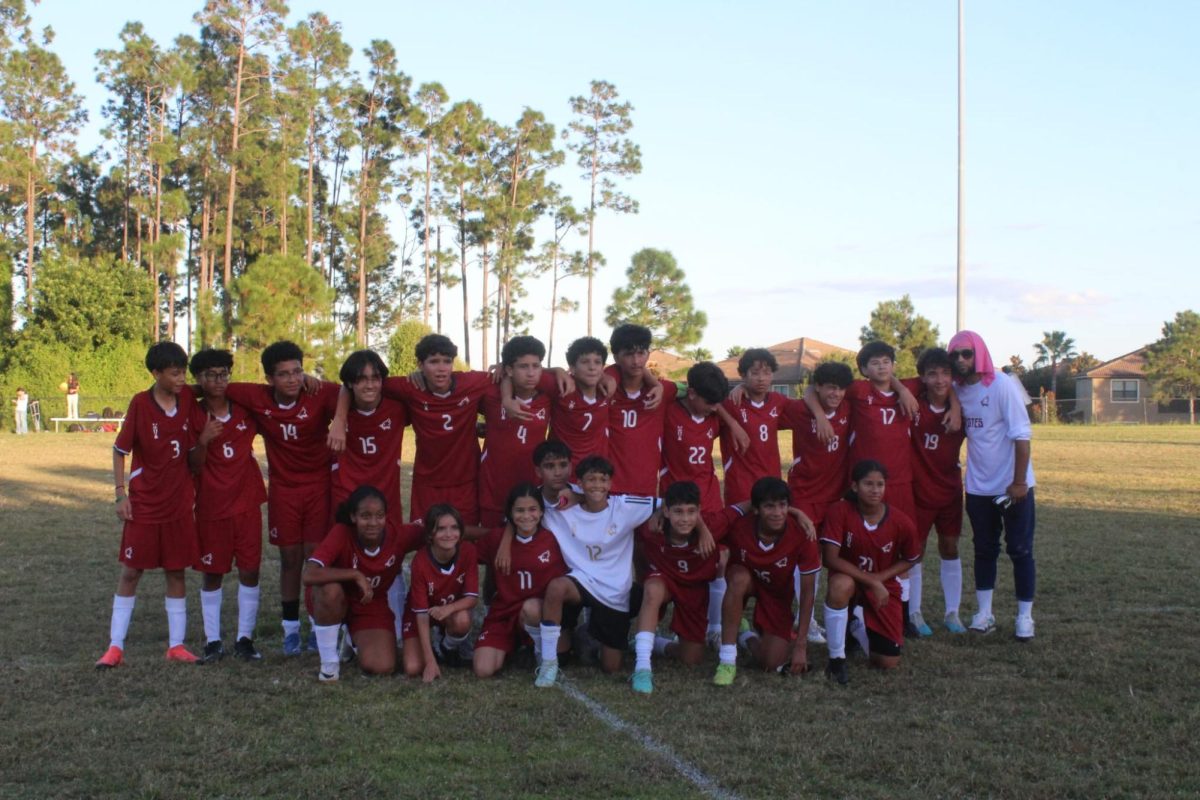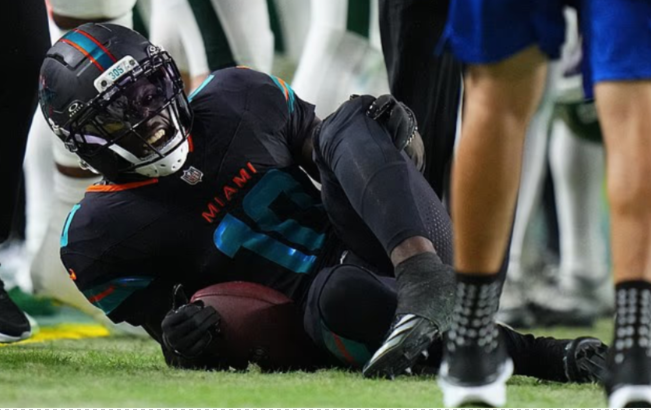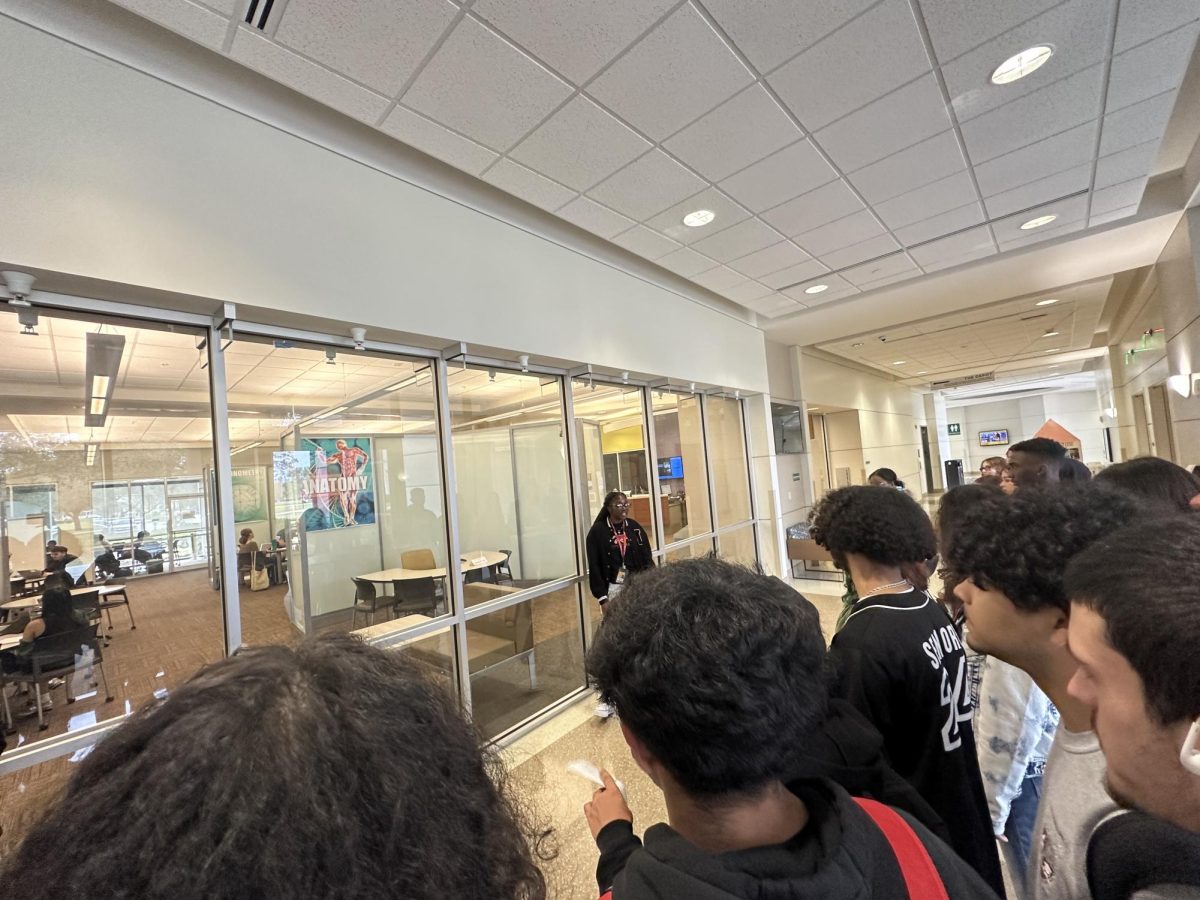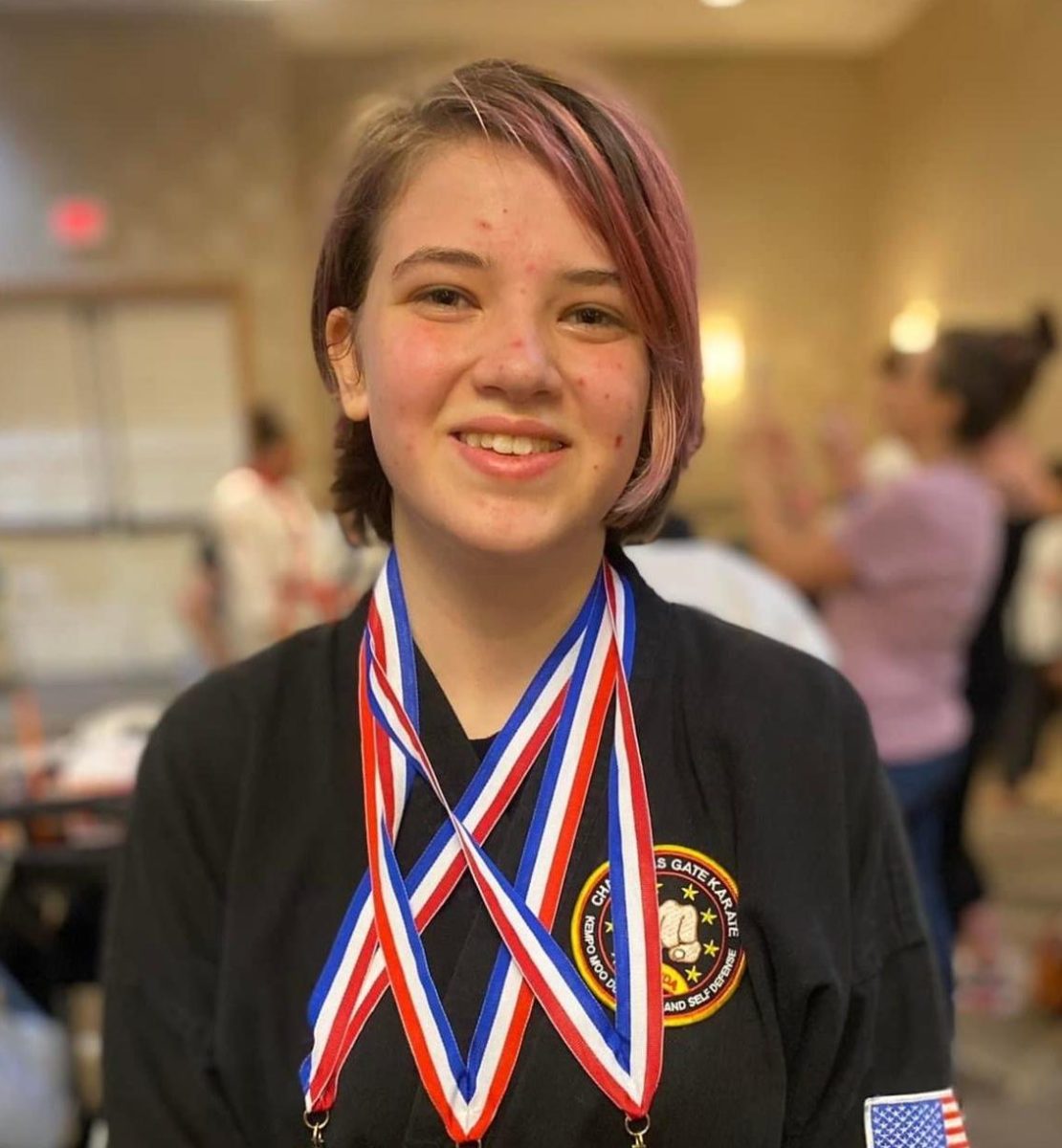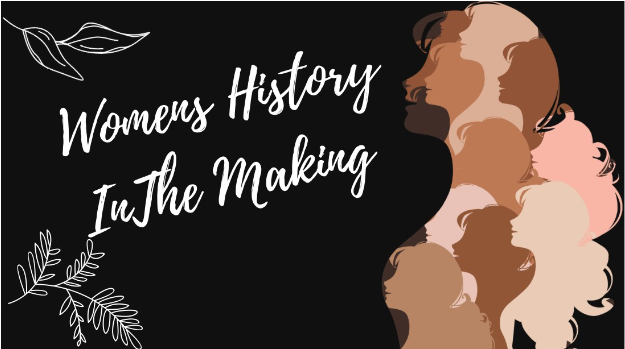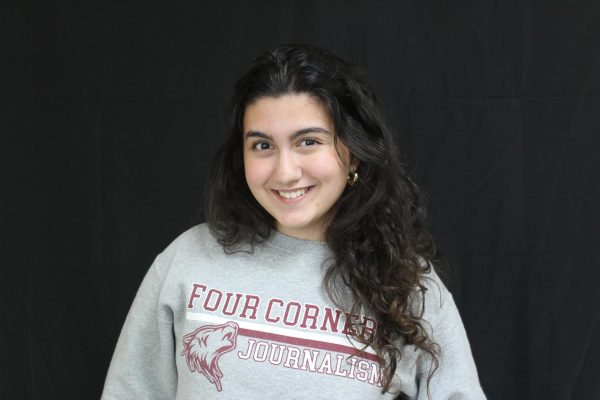Cambridge students give the inside scoop on how they got prepared for their test and their experience with the final exams.
As a long-term Cambridge instructor, the Marine Biology teacher Mrs.Tripp has some observations and hints she shares with her students before going into the exam.
“Cambridge has a whole different testing style as it is not multiple choice like most of the other tests students are used to. I would say my biggest tip would be to get right to the point, you don’t need to fluff things up, just make sure it makes sense and if you get to a certain part you are not confident in just answer what you know, maybe you’ll get some points for it,” Tripp said.
The junior Lia Foster is one of Tripp’s students who took the AICE Marine Biology exam. Foster shares that her experience in Tripp’s class has been nothing but helpful, yet she was surprised by certain concepts brought up during the exam.
“Mrs. Tripp is very thorough with her teaching and her methods are very in-depth in a way that is easier to grasp because you learn more about how to apply it rather than just technicalities. I will say though when it comes to the test, Cambridge has a tendency to surprise people when they pick concepts that are constantly overlooked,” Foster shared.
Cambridge classes are considered college courses which may imply higher standards and a quicker pace. Be that as it may, some students such as junior Clara Liz Made have challenged themselves when simultaneously taking multiple Cambridge courses this school year.
“I have 5 Cambridge classes this year and apart from studying and reviewing the material all year, the biggest thing for me was staying organized so I could get through all the work and exams. When it comes down to college courses, organization is very helpful,” Made said.
The new class, AICE Travel and Tourism is one of the classes in Made’s schedule. The course appears to be unlike the other Cambridge classes in Four Corners Upper School as the students have a yearlong project that acts as half of their exam grade.
“Half of it is this big project we have throughout the year where we review the trip we took and it is around seventy to one hundred pages, but we have the entire year to do it. The exam itself involves Cambridge-style questions with sources which I felt fine doing because it was the style questions we did over and over again in class,” Made said.
As some students such as Made thrive in the Cambridge world, so does the social studies teacher, Steven Jonhson, who during the 23-24 school year taught various Cambridge classes.
Whilst preparing students for three different exams Jonhson faced challenges regarding the student’s adaptation to the contrasting structure of the tests.
“The history tests are definitely more content based as there are certain history materials you need to know. With thinking skills, it is right in the name, it’s more skill based things, so that is what we practice because you kind of have to be ready for whatever they are going to throw at you in the exam,” Johnson continues, “The history ones are only a couple of questions, and you have to write an entire essay for each question, so getting students to write that much about a topic is sort of a struggle. There are a lot of things they have to unlearn when they are writing responses like that, so I would say that is the most challenging part.”
Twice a day in Jonhson´s classroom the sophomore Isabela Mezzaroba learned and practiced for her Cambridge exams. Mezzaroba attends both AICE International History and AICE Thinking Skills classes and she believes the courses are complementary as she was able to apply the learnings of one course into the other.
“In thinking skills, we went over source analysis and a bunch of critical thinking that helped me a lot in my other Cambridge classes, and especially because Jonhson is also my history teacher he was constantly making us aware of particular skills we could apply to our history assignments,” Mezzaroba said.
When looking back at her AICE International History exam Mezzaroba found that the timing was shorter than she would have needed given that she had to write essays as responses to the questions.
“I felt a little hurried especially because I spent a lot of time on one of the questions and left only a couple minutes for part B. The timing thing with Cambridge is really tricky since we get caught up with giving too many details and end up writing a lot,” Mezzaroba shared.
Similar to the other tests the AICE thinking skills tests are divided into two parts, where the first paper is problem solving questions and the second is critical thinking based. With this separation many students ended up feeling more confident with one part rather than the other.
“I felt 100 percent more confident on the problem-solving part, besides it being more fun to do, the margin for error was smaller because critical thinking involved more right and wrong answers and I felt like I had more ways to earn partial credit by showing my work,” Mezzaroba said.
Referring to confidence, the AICE English exam had students concerned and feeling unprepared as they believed the concepts were not exactly clear to them.
“I did not feel entirely sure that I could do it [The AICE English exam], it was because of the lack of explanation. He [Mr. Sweeney] would go over what the test was but then not in depth about the concepts,” Junior Evangelyn Russ continues “I had some friends who went to a study group to really get the preparation they needed so I talked to them about what they studied just so I would feel more prepared myself.”
Other students such as junior Nya Young, who took the AICE General Paper exam shared that the test was less difficult than she expected as she finished it before the time stipulated.
“The General Paper exam was a joke, I mean it was so easy it insulted my intelligence. I love Cambridge but please give us something harder, the essay bit it was fine, the timing was right, and it did not feel too easy, but the paper two, I finished so early, and it was very easy,” Young said.



